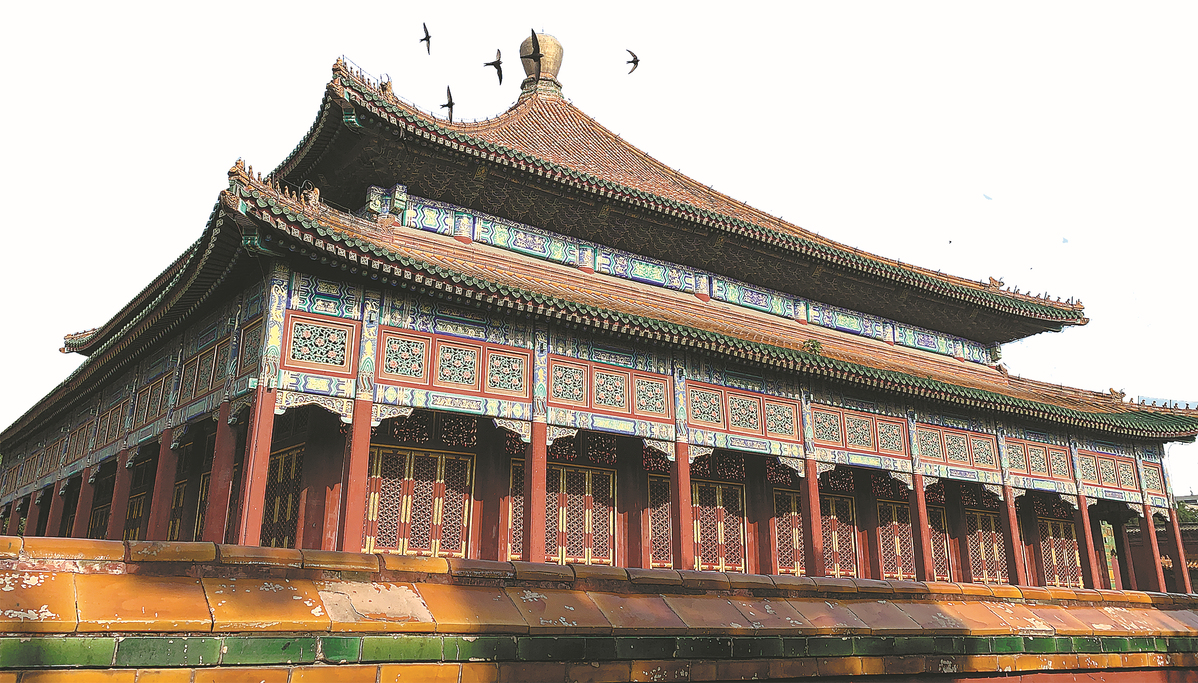Vital clues shed light on avian migration routes


Difficult task
Understanding the behavior of birds is important in protecting migratory species, and the difficult task of tracking Beijing Swifts is made easier by devices known as light-level geolocators, which are carried by the birds.
During the breeding season from 2014 to 2018, a research team from Beijing Normal University and Sun Yat-sen University comprising ornithological experts and volunteers from Sweden, Belgium and the United Kingdom conducted fieldwork at the Kuoru Pavilion in Beijing's landmark Summer Palace.
Zhao Xinru, an ornithologist from Beijing Normal University and a lead researcher for the study paper, said he led the team when it entered the Summer Palace at about 2 am. Fine nets were set up around the Kuoru Pavilion between 3 am and 4 am.
"We were pressed for time as we carried out fieldwork at this ancient imperial garden. As this scenic spot is visited by large numbers of tourists, we had to strictly abide by the rules to protect ancient architecture at the Summer Palace and complete our fieldwork research during the early hours to avoid inconveniencing visitors," Zhao said.
"Five nets were set up in the Kuoru Pavilion, with each one precisely positioned and designed to protect the structure and ensure the birds were not harmed when captured."
After being captured, randomly selected swifts were fitted with the tracking devices by the volunteers.
"We take particular care to ensure that just the width of a pencil separates the devices and the birds' bodies so that the swifts are comfortable and can fly freely," Zhao said.
Liu said a geolocator weighs just over 1 gram, and according to international standards the devices cannot exceed 3 percent of the bird's weight. When tagged to the swifts, the geolocators track sunrise and sunset and record light intensity.
"Dawn and sunset vary according to location, and the devices give us the opportunity to determine the swifts' approximate position based on the birds' circadian systems," Liu said.
Data from small electronic chips installed in the geolocators is downloaded and read by software, according to Liu. After an initial estimate, the approximate migration routes of the swifts are outlined.
By 2018, researchers had successfully retrieved data from 25 swifts, and 66 of the birds had been fitted with geolocators.
























